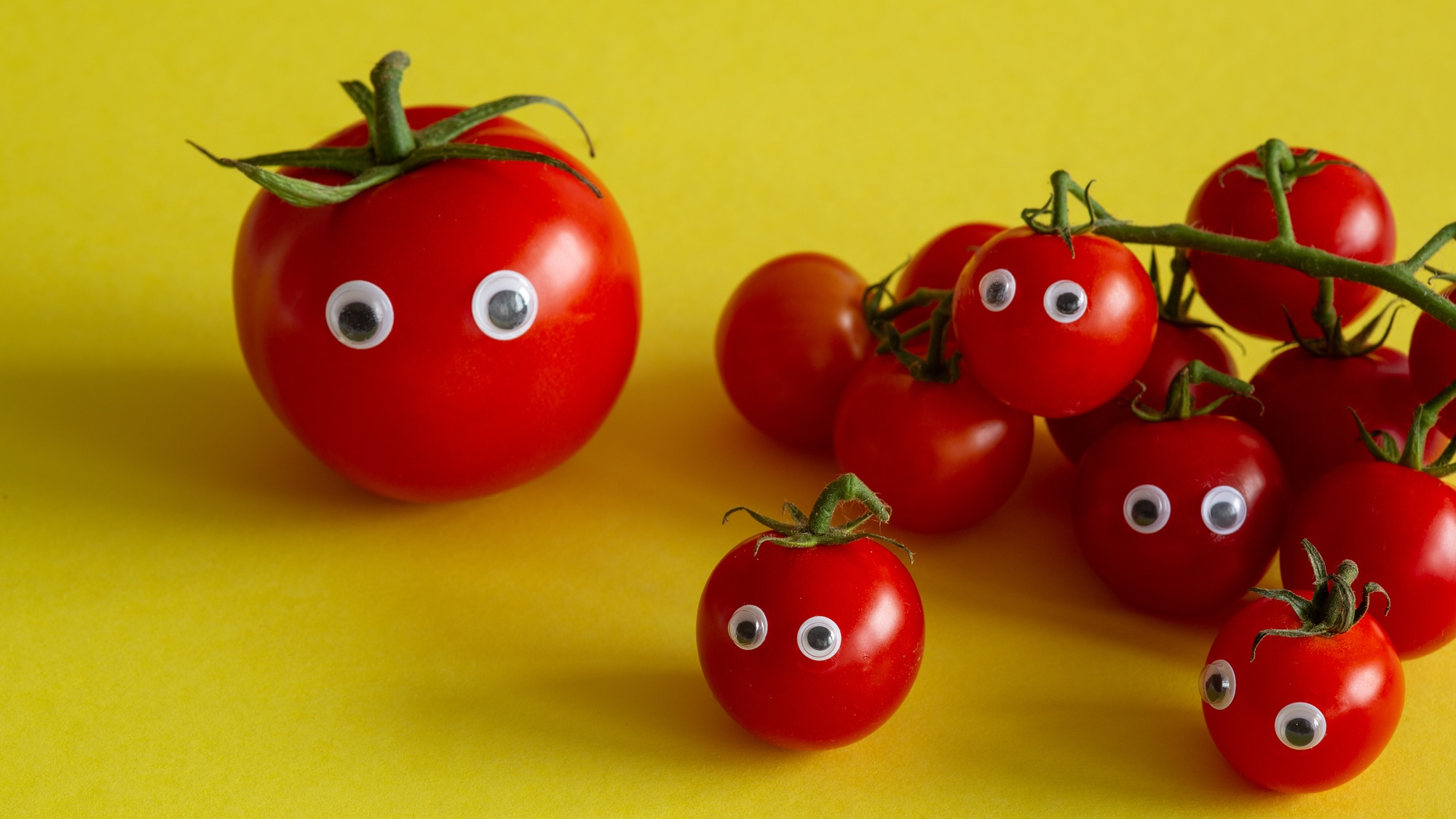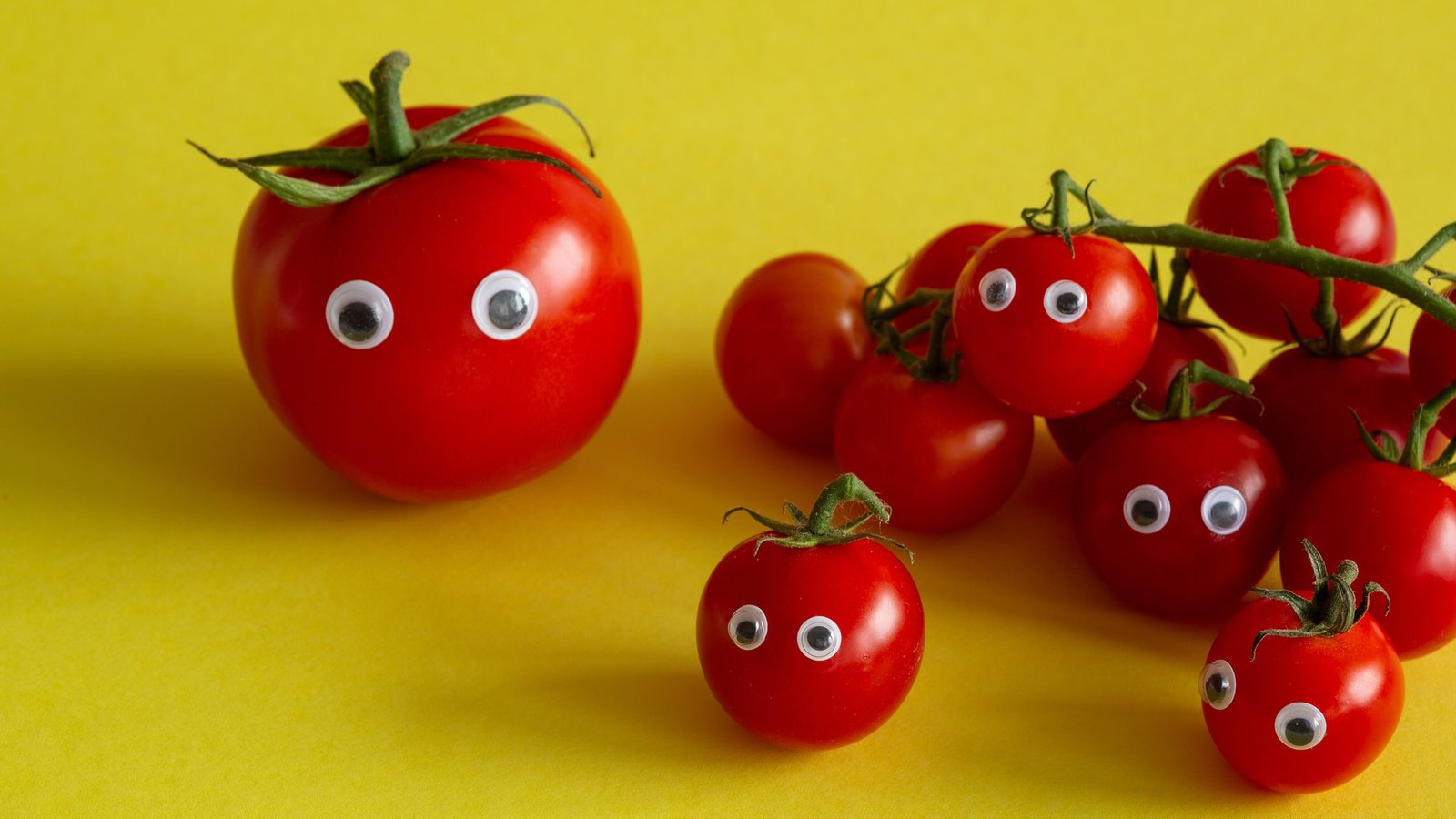
There was a time when tomatoes were a death sentence—at least, that’s what many Europeans believed between the 16th and 18th centuries. And while they do belong to the nightshade plant family (Solanaceae), those “poison apples” weren’t really poisoning the aristocrats who ate them. Instead, it’s now understood that highly acidic tomatoes had a tendency to soak up the lead in pewter plates, resulting in fatal outcomes for many diners.
But that doesn’t change the fact that tomatoes, like their Solanaceae siblings, still produce toxic steroidal glycoalkaloids during their life cycles. So why is it fine to eat a BLT, but not the berries thought to have killed the Roman emperor Augustus? Researchers at China’s Sichuan University recently got to the bottom of the chemical question. Their findings, as their Science Advances study explains, points to a “complex epigenetic and genetic network” of transformations that allow humans and many animals to eat tomatoes without fear.
Steroidal glycoalkaloids evolved in Solanaceae plants to defend against pests. Ingesting a little too much of the molecule offers an unpleasantly bitter taste. In large enough quantities, steroidal glycoalkaloids can induce a range of far more serious symptoms including a burning sensation, nausea, cramps, slowed pulse and respiration, as well as stomach lesions and internal bleeding.
But Solanaceae require seed propagation just like any other plant family—and that’s often best achieved by animals eating their fruit, digesting the nutrients, and leaving the seeds behind in piles of natural fertilizer. So at some point in their maturation process, Solanaceae like tomatoes need to account for their poisonous steroidal glycoalkaloid levels. When and how that happened, however, has long remained a mystery.
Researchers led by biologist Feng Bai have now identified the molecular systems responsible for this important tomato transition phase. To do this, they analyzed whole-genome bisulfite sequencing (WGBS) data and toyed with tomato genetics to block certain proteins.The results revealed that the same chemicals that cause tomatoes to ripen into redder, softer, and sweeter fruits also work to break down poisonous glycoalkaloids into the less toxic esculeoside A compound.
Get the Popular Science newsletter
Breakthroughs, discoveries, and DIY tips sent every weekday.
According to the study’s accompanying announcement on February 21, they specifically focused on the protein DML2 that “allows the cell’s gene-reading machinery to access genes involved in stopping the toxins by removing methyl groups, which act as molecular signals, from a specific part of the genetic chromosome.” This process, known as demethylation, is vital in making tomatoes edible. When DML2 was blocked, however, tomato plants kept those same high levels of steroidal glycoalkaloids through fruit maturation.
After comparing the genetic information with other similar plants, Bai’s team discovered tomatoes’ DML2-directed demethylation increased as humans learned to embrace and domesticate tomatoes over the past few centuries. But as tomatoes continue to grow larger, redder, and sweeter, they also exhibit increasingly lower levels of steroidal glycoalkaloid genes. This is how even green tomatoes can be fried and enjoyed, free from fear of death by those mythic “poison apples.”
Whether or not you mind the pulpy insides of today’s tomatoes, however, remains a matter of taste.

More deals, reviews, and buying guides
The PopSci team has tested hundreds of products and spent thousands of hours trying to find the best gear and gadgets you can buy.











